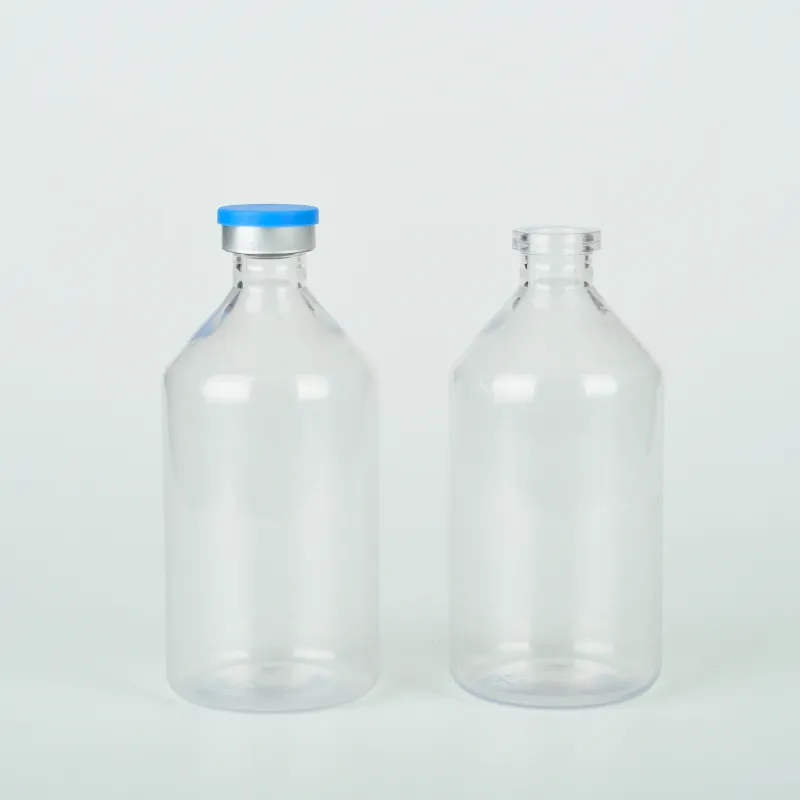two uses of reagent bottle
Two Uses of Reagent Bottles Essential Tools in Chemistry
Reagent bottles, commonly made from glass or high-density polyethylene, are essential containers in the world of chemistry. These bottles are designed to store and preserve chemical substances, ensuring their integrity and stability over time. While their primary function is well-known—housing various reagents for laboratory experiments—there are multiple innovative uses for these versatile containers that extend beyond their basic role. In this article, we will explore two distinct yet crucial uses of reagent bottles their application in laboratory settings and their utility in educational environments.
1. Storing and Preserving Chemical Substances
The primary use of reagent bottles is for the storage of chemical reagents. In a laboratory, appropriate storage of chemicals is essential not only for maintaining the quality of the reagents but also for safety purposes. Reagent bottles come in various sizes, typically ranging from small vials to larger containers, accommodating different quantities of substances. These bottles are designed to be airtight and often feature a ground glass stopper or a screw cap, which prevents contamination and evaporation.
In laboratories, researchers use reagent bottles to store volatile, corrosive, or sensitive chemicals that require specific environmental conditions. For instance, certain reagents may need to be kept away from light or humidity, while others must be stored at low temperatures. By using reagent bottles, scientists can create optimal storage conditions for these substances, significantly extending their shelf life.
Additionally, the labeling on reagent bottles plays a crucial role in ensuring the safe handling of chemicals. Clear, accurate labeling includes information about the chemical name, concentration, date of receipt, and relevant hazard symbols. This practice not only streamlines laboratory workflows but also promotes safety by allowing easy identification and risk assessment of stored substances.
2. Educational Demonstrations and Experiments
two uses of reagent bottle

Beyond their conventional use in professional laboratories, reagent bottles are invaluable tools in educational settings, particularly in chemistry classes. They serve as an effective means for conducting demonstrations and experiments that enhance students' understanding of chemical principles.
In many schools and universities, reagent bottles are used during practical laboratory sessions to demonstrate a wide variety of chemical reactions. For example, teachers may use reagent bottles to showcase reactions involving acids and bases, where the use of indicators can visually represent pH changes. By observing color changes in the solution contained within the reagent bottle, students are able to grasp abstract concepts, such as pH levels and neutrality in a tangible manner.
Moreover, reagent bottles can be employed in experiments that investigate diffusion, solubility, and reaction rates. For instance, a teacher might set up a simple diffusion experiment by placing colored liquids in separate reagent bottles, allowing students to observe how different substances move and interact over time. Such hands-on activities not only foster an engaging learning environment but also cultivate a sense of curiosity and inquiry among students.
Reagent bottles also facilitate safe experimentation, particularly when working with hazardous or reactive materials. The secure design of these bottles ensures that spills and accidents can be minimized, promoting a safe learning atmosphere. Furthermore, by utilizing reagent bottles, students can practice proper laboratory techniques, such as measuring and transferring liquids, which are essential skills in any scientific discipline.
Conclusion
In summary, reagent bottles are indispensable instruments in both laboratory environments and educational settings. They serve the crucial function of storing and preserving chemicals safely, while also providing a platform for engaging and enlightening student experiments. By understanding and appreciating these two primary uses of reagent bottles, we can better recognize their significance in the world of science, where safety, organization, and practical knowledge are of utmost importance. Whether in professional research or classroom experimentation, the value of reagent bottles cannot be overstated—they are truly a backbone of the scientific community.
-
Aesthetic Makeup Spray Bottles | Fine Mist Empty RefillableNewsAug.19,2025
-
White Plastic Veterinary Vaccine Vials | Lab Liquid BottlesNewsAug.18,2025
-
Plastic Medicine Liquid Bottle: Secure Flip Top Drug VialsNewsAug.17,2025
-
Durable 250ml Blue Plastic Vaccine Vial for Lab & Vet UseNewsAug.16,2025
-
Sterile Virus Sample Tubes: Secure & Reliable Specimen CollectionNewsAug.15,2025
-
White 250ml Plastic Vaccine Vial for Lab & Vet MedicineNewsAug.14,2025
























